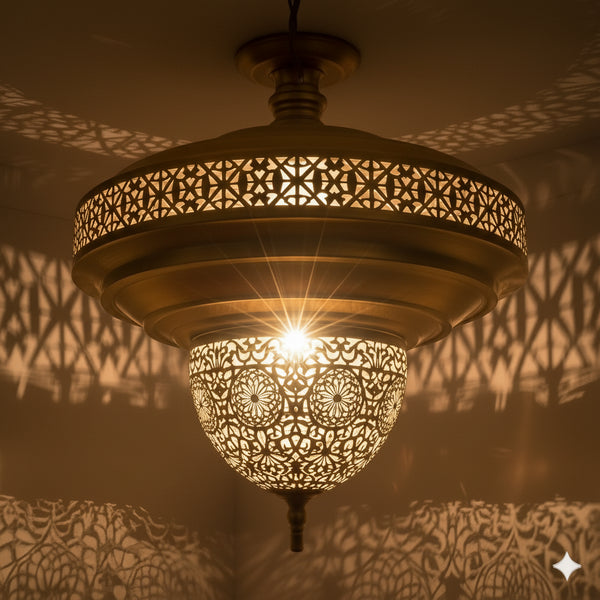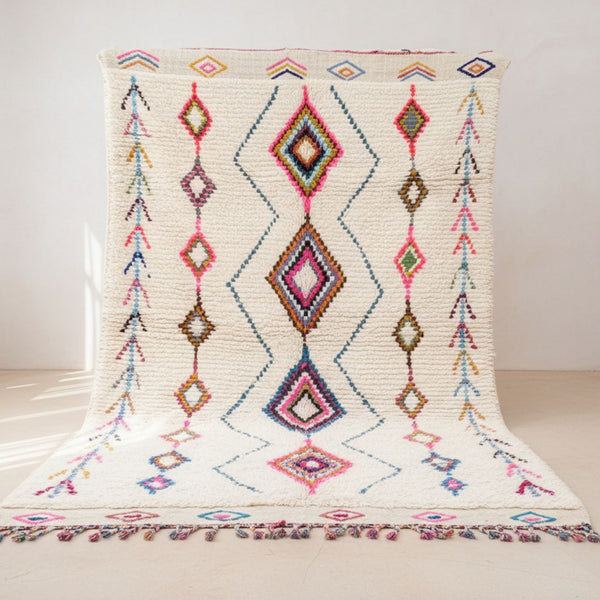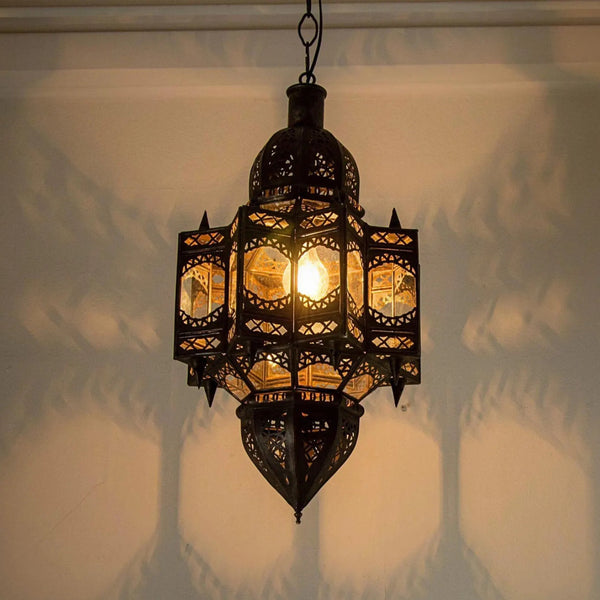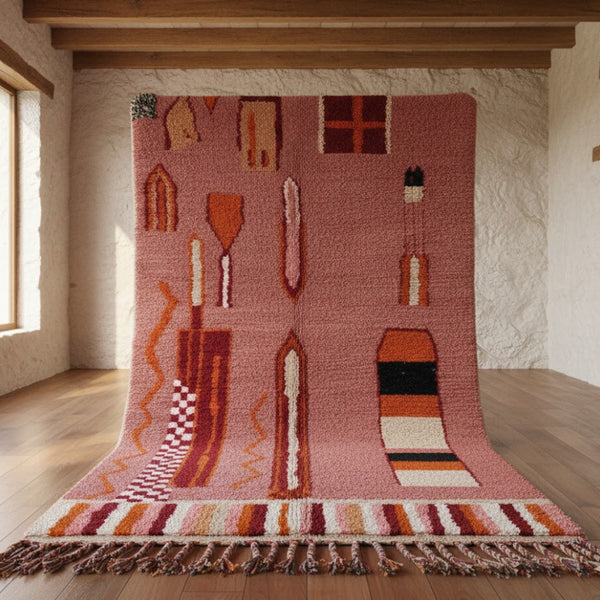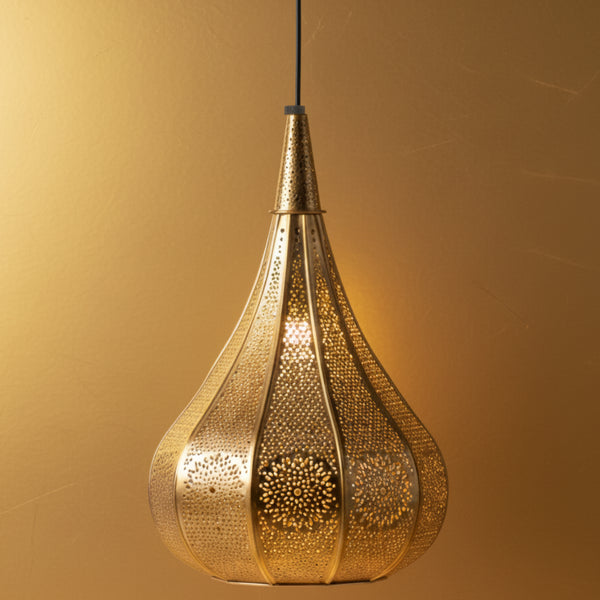how are moroccan rugs made
Posted by ADIL ROUAY
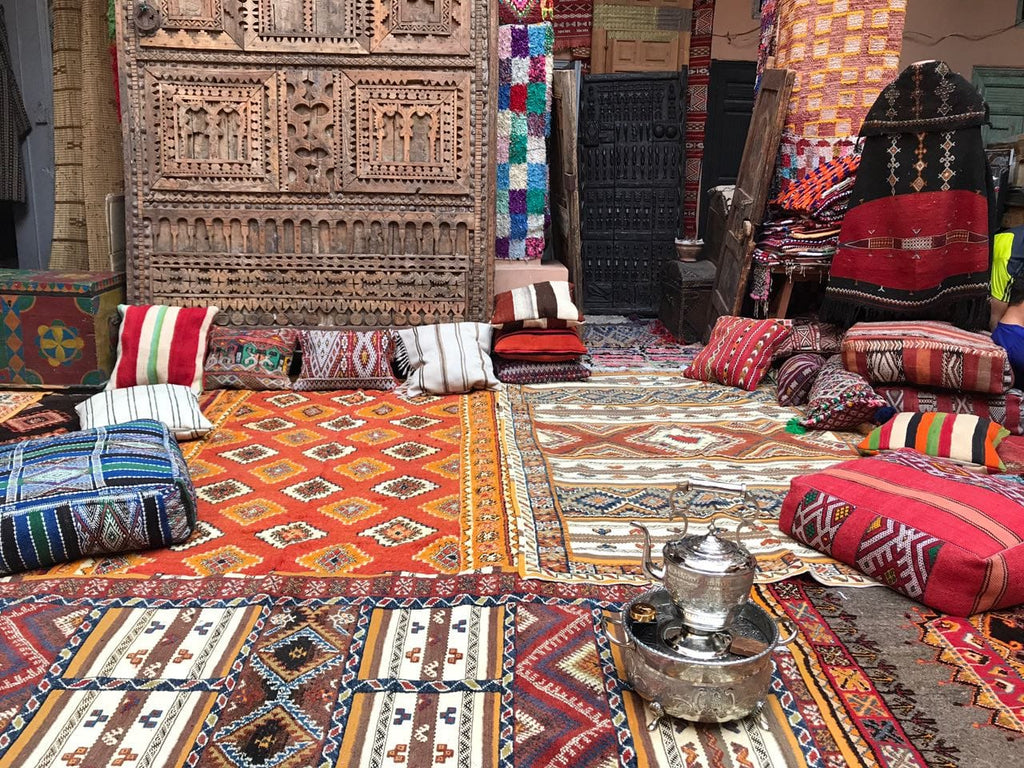
Colors, Dyes, and Wool – How Moroccan Rugs Come to Life
Ever wondered how those vibrant Moroccan masterpieces find their way into homes worldwide?
It all begins with a few simple ingredients: wool, dyes, and an artist's vision.
The wool journey kicks off with local sheep farmers supplying the raw fibers.
These get sorted, cleaned, carded, and spun into sturdy yarn – a laborious process by skilled artisans.
Next up: pigments and patterns.
Natural dyes like henna, saffron, and indigo lend their rich hues to the yarn.
Artisans carefully blend these colors into one-of-a-kind motifs passed down for generations.
With yarn prepped, it's time to weave some magic on traditional looms.
Every knot is meticulously tied by hand, row by row, color by color.
Days, weeks, even months later, a unique rug emerges – a handcrafted work of art.
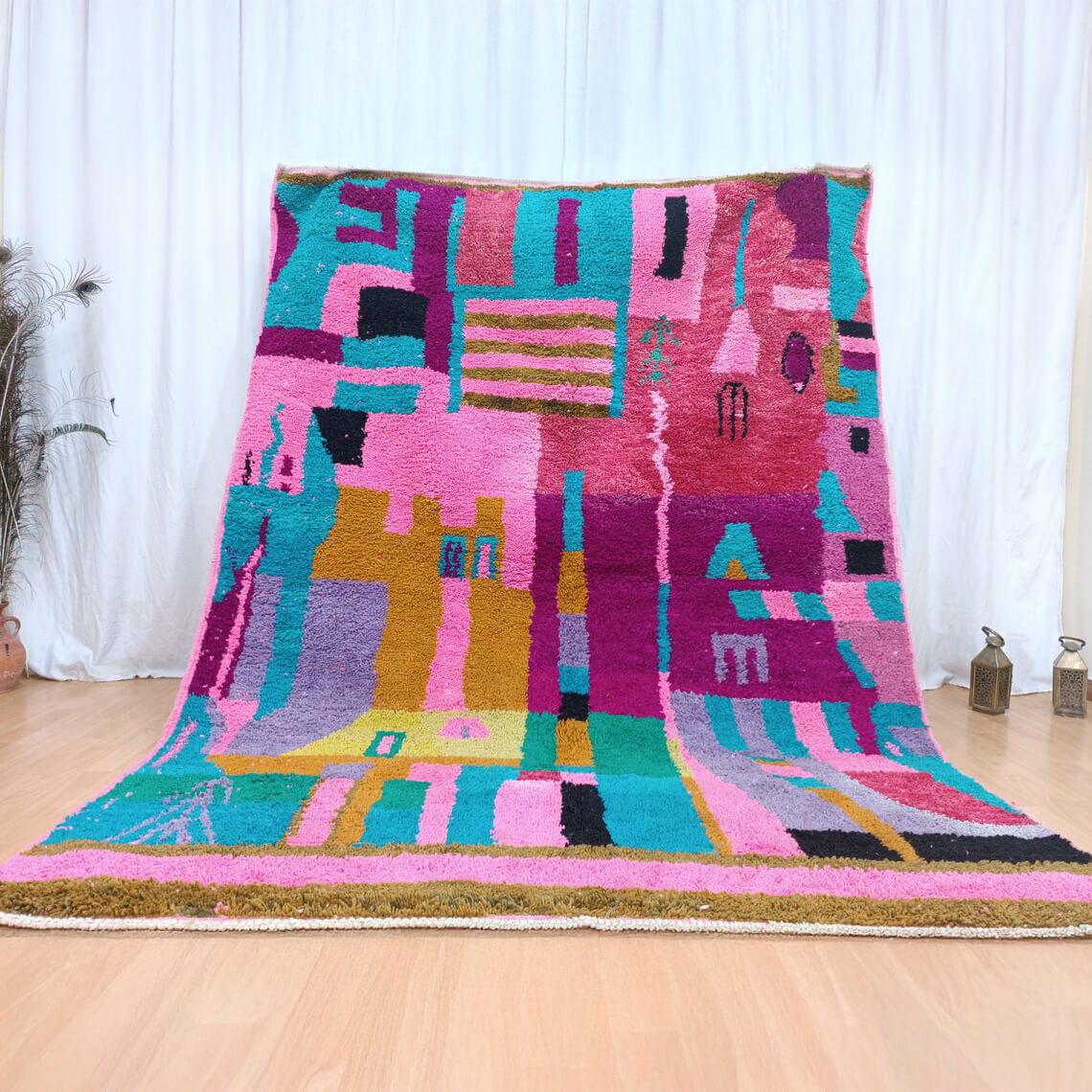
So next time you browse Moroccan rug collections, remember the craftsmanship behind each one.
Like this green checkered beauty, they're functional artworks steeped in tradition.
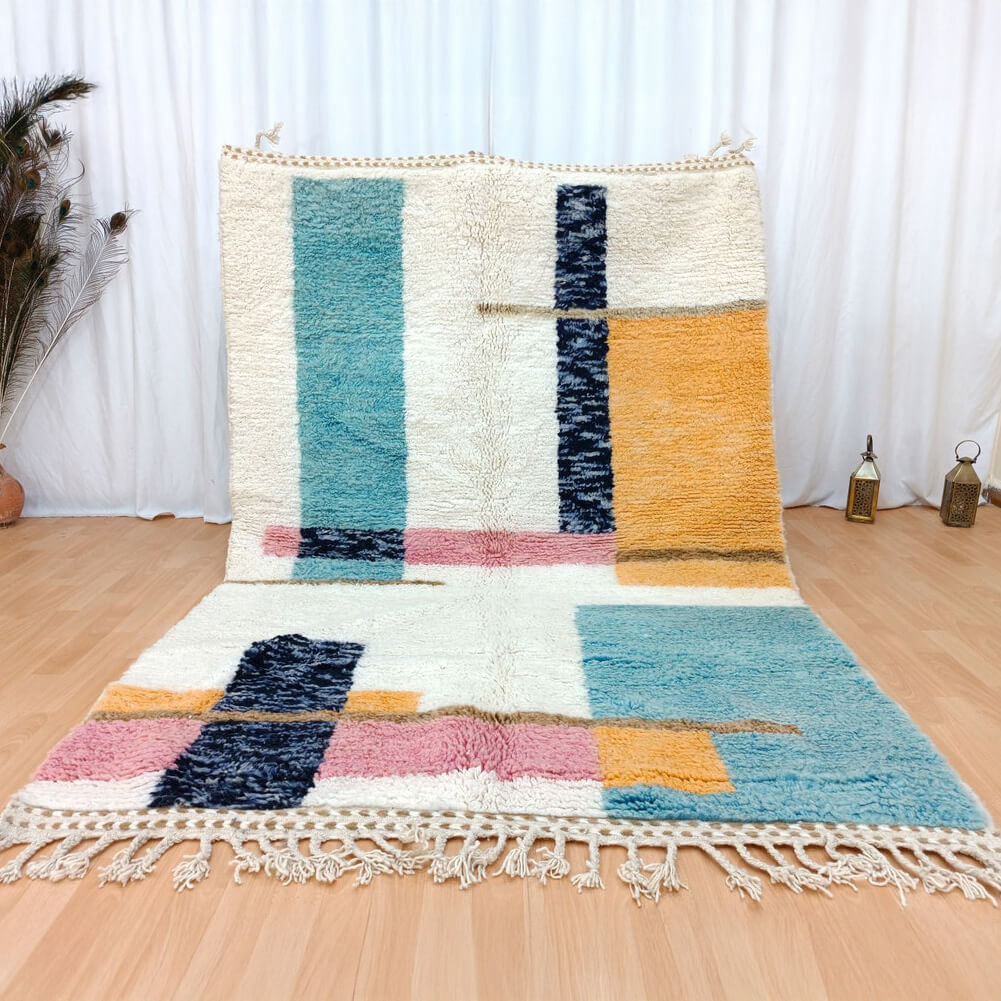
Frequently Asked Questions
What kind of wool is used in Moroccan rugs?
Moroccan rugs are typically made from high-quality sheep's wool sourced locally. The most common wool types used are from Merino, Beni Ouarain, and Beni M'Guild sheep breeds.
Are the dyes used in Moroccan rugs natural or synthetic?
Both natural and synthetic dyes are used in Moroccan rug making. Traditional, older rugs often feature plant-based dyes like henna, saffron, and indigo, while some modern rugs use chemical dyes for wider color ranges.
How long does it take to make a Moroccan rug?
The time required varies greatly depending on the rug's size and intricacy. Simple, smaller rugs may take several weeks, while larger, more complex pieces can take several months or even years to complete.
Are Moroccan rugs still made by hand?
Yes, the art of handmade Moroccan rug weaving is still alive and practiced by skilled artisans across Morocco. Every knot is tied by hand on traditional looms, preserving this centuries-old craftsmanship.

